Do parents know why children going to kindergarten often catch colds and have fevers?
Children have a fast metabolism and are prone to sweating. After sweating a lot during their afternoon naps, they are very likely to catch a chill, which leads to colds and fevers.
The quilts used for afternoon naps in kindergarten are difficult to wash and change frequently, making it easy for bacteria and viruses to accumulate. Children’s respiratory tracts are relatively tender and are easily invaded by pathogens, triggering colds and fevers.

In recent years, children’s sleeping bags have been highly popular among parents.
Children’s sleeping bags have an anti-kicking design, which is safe and reliable.
Choosing a children’s sleeping bag made of warm, breathable, and skin-friendly materials can bring children a comfortable sleeping experience.
However, parents face a choice problem when selecting children’s sleeping bags.
Fiber sleeping bags are inexpensive, but their breathability and hygroscopicity are not as good as those of cotton sleeping bags, and the comfort level is slightly worse.
Cotton sleeping bags have the advantages of being soft, comfortable, sweat-absorbing, and breathable, and they cause little irritation to children’s skin. However, they are relatively thick and heavy, and their warmth retention is far inferior to that of down materials.
Down sleeping bags are warm and light, but they are relatively expensive, and some children are allergic to down.
So, is there a material that can combine the advantages of chemical fibers, cotton, and down at the same time?
Yes!
That is the aerogel fiber product of Qingfeng Chemical Fiber.
It has excellent thermal insulation performance. The thermal conductivity of aerogel fiber is extremely low, which can effectively block heat loss and provide excellent thermal insulation. The aerogel fiber developed by Qingfeng Chemical Fiber has an aerogel content of 2.8%, and its thermal insulation effect is already better than that of cashmere and down. Even in extremely cold environments, it can provide children with a warm and comfortable sleeping environment.
It is light and easy to carry. Aerogel has an extremely low density, a nanoporous structure, a high specific surface area, and 99% of its interior is air. Aerogel fiber is slightly lighter than down in the same volume, which can significantly reduce the weight of the sleeping bag.
It is soft and comfortable. Aerogel fiber is soft and delicate, with a comfortable touch. Aerogel can also absorb the oils volatilized by the human body and volatilize them outward through the breathability of the aerogel fiber, so that the aerogel fiber or fabric is resistant to free radicals and has a skin-friendly effect, further enhancing the sleeping comfort.
It has good breathability. Aerogel fiber has a porous structure, high porosity, and a high specific surface area, with good breathability. It can effectively expel the moisture inside the sleeping bag, and bacteria cannot grow, which can maintain a dry and comfortable sleeping environment and greatly reduce the probability of children catching colds and having fevers.
Most importantly, it has a high cost performance. When compared with 80% down, the aerogel fiber has basically the same thermal insulation rate and clo value in the same volume, and it is slightly lighter in weight. It can basically replace down, but the price is only one-tenth or even lower than that of down.
Therefore, children’s sleeping bags made of aerogel fiber materials will become the new favorite in the children’s sleeping bag market and have a promising market prospect.
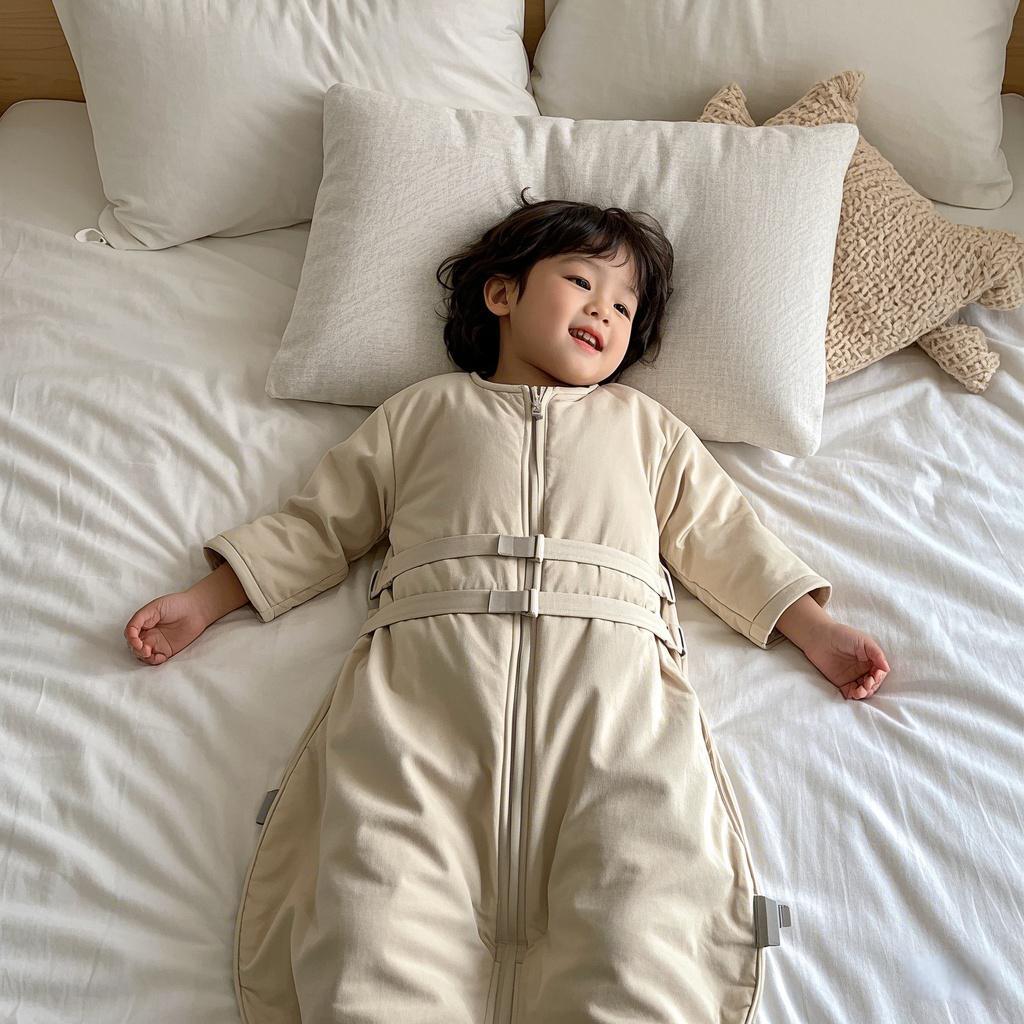
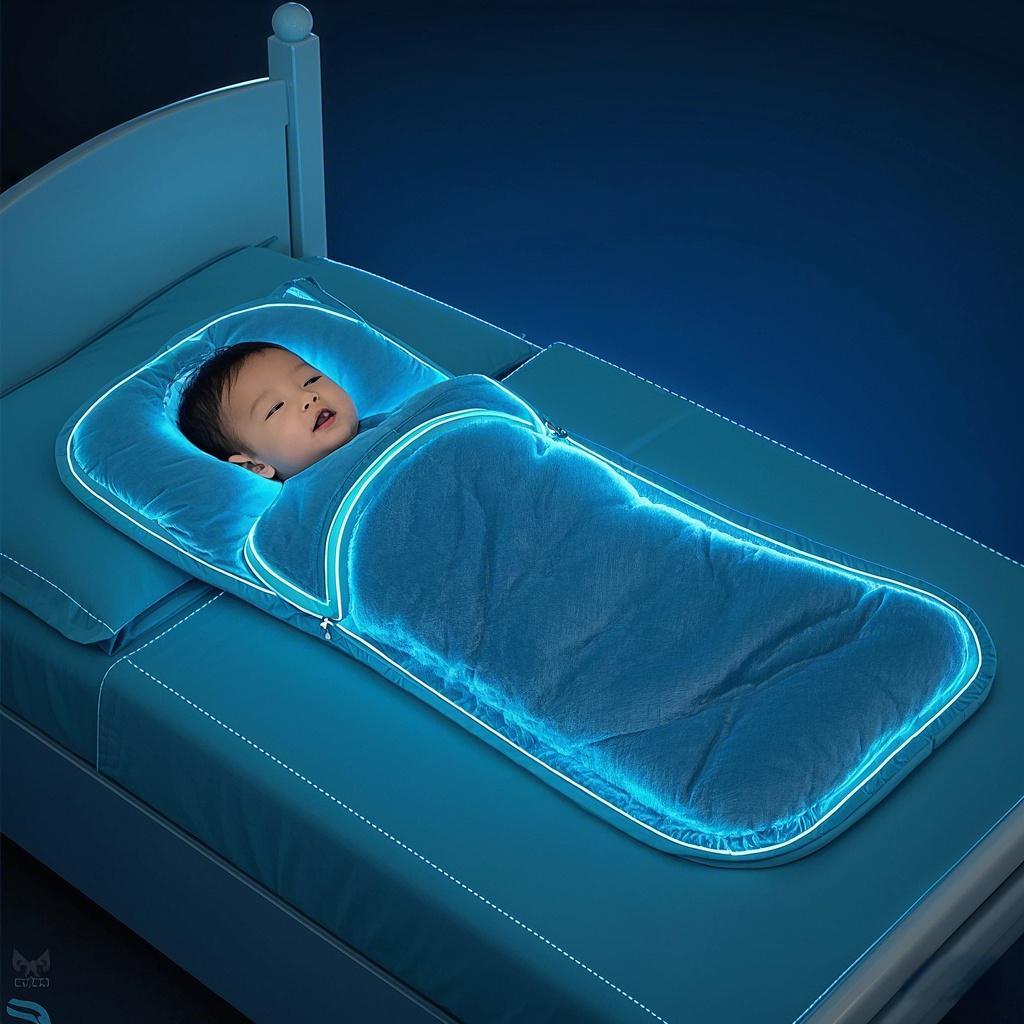

 Aerogel fibers
Aerogel fibers
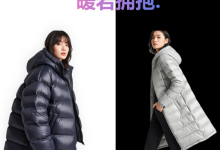




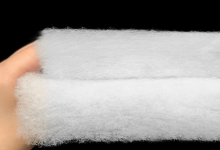
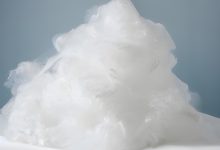
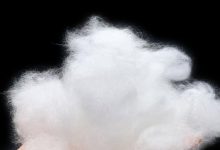
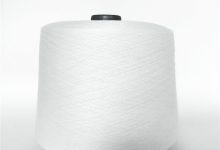
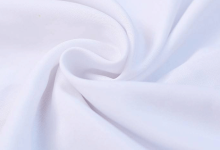

Must log in before commenting!
Sign Up